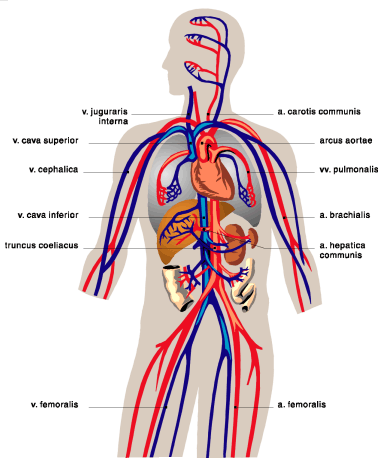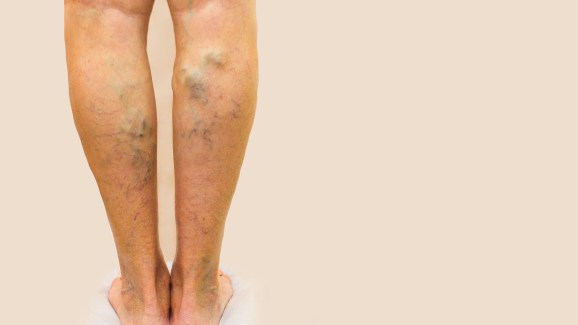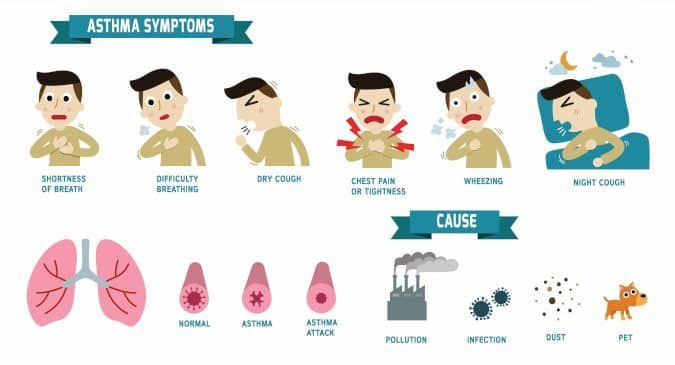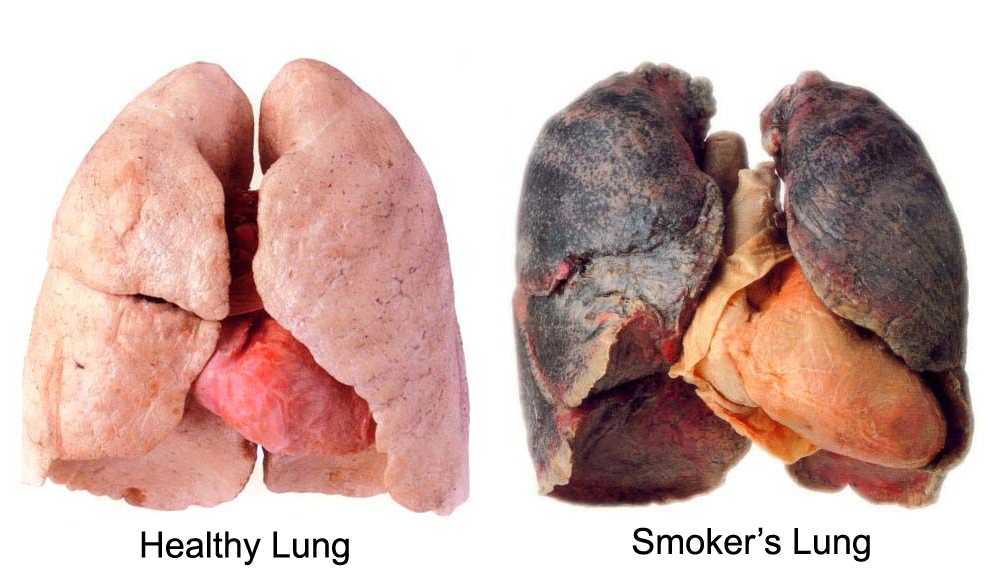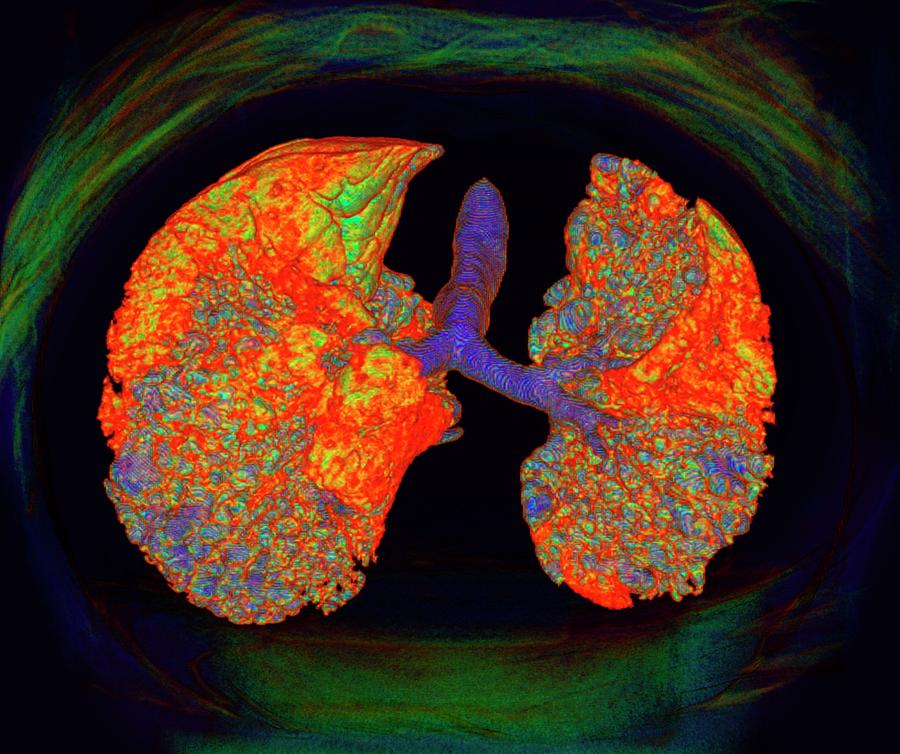THE RESPIRATORY SYSTEM
The respiratory system is the system in the human body that enables us to breathe.
The act of breathing includes:
- Inhaling and exhaling air in the body.
- The absorption of oxygen from the air in order to produce energy.
- The discharge of carbon dioxide, which is the byproduct of the process.
The exchange of gases takes place through the membrane of the pulmonary alveolus, which always contains air: oxygen is absorbed from the air into the blood capillaries of the action of the heart circulates it through all the tissues in the body. At the same time, carbon dioxide is transmitted from the blood capillaries into the alveoli and then expelled through the bronchi and upper respiratory tract.
The inner surface of the lungs where the exchange of gases takes place is very large , due to the structure the air sacs of the alveoli.
THE ACT OF BREATHING
During inhalation - the muscles contract:
Contraction of the diaphragm muscle - causes the diaphragm to flatten, thus enlarging the chest cavity.
Contraction of the rib muscles - causes the ribs to rise, thus increasing the chest volume.
The chest cavity espands thus reducing air pressure and causing air to be passively drawn into the lungs. Air passes from the high pressure outside the lungs to the low pressure inside the lungs.
The chest cavity espands thus reducing air pressure and causing air to be passively drawn into the lungs. Air passes from the high pressure outside the lungs to the low pressure inside the lungs.
During exhalation - the muscles relax:
- The muscles are no longer contracting, they are relaxed.
- The diaphragm curves and rises, the ribs descend - and chest volume decreases.
- The chest cavity contracts thus increasing air pressure and causing the air in the lungs to be expelled through the upper respiratory track. Exhalation, too, is passive. Air passes from the high pressure in the lungs to the low pressure in the upper respiratory tract.
Parts
- Lungs
- Trachea
- Brochiole
- Alveoi
- Bronchus
- Nasal cavity
- Oral cavity
- Nostril
- Larynx
- Pharynx
The structures of the respiratory system interact with structures of the skeletal, circulatory, and muscular systems to help you smell, speak, and move oxygen into your bloodstream and waste out of it.
Fun facts:
- Only about 21% of room air is oxygen.
- We lose 12 oz. (1 oz. is similary to 28 gr.) of water daily through respiration.
- Adults breathe about 12-15 times per minute while newborns breathe about 30-60 times per minute.
- Mouth breathers tend to have more illnesses, sore throast and ear infections, this is thought to occur because the air is not filtered by nose first.
- Your left lung is often smoller than the right to allow room for the heart.




